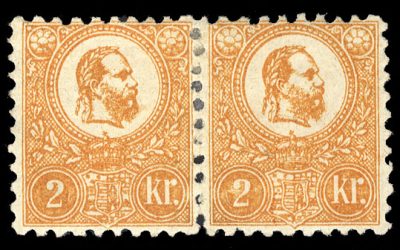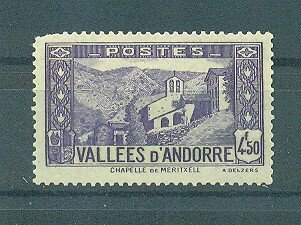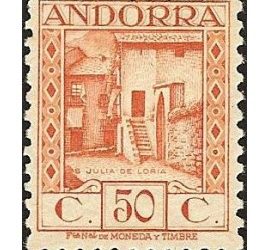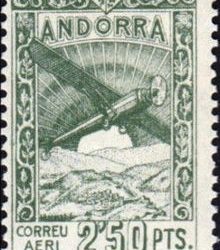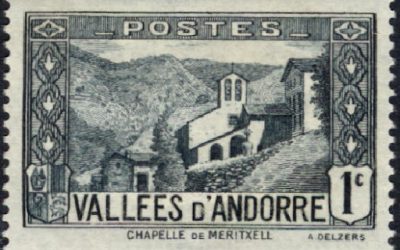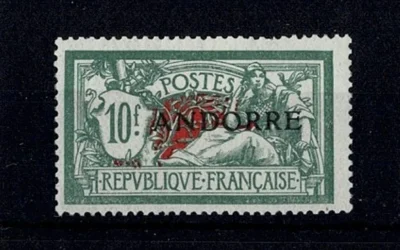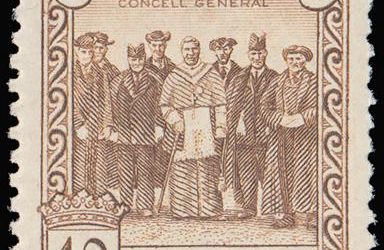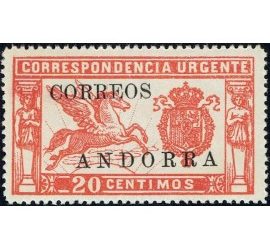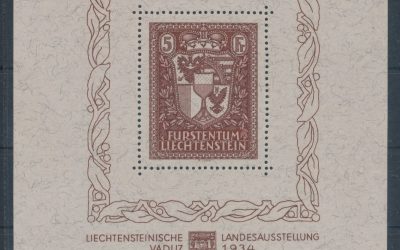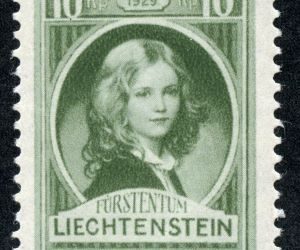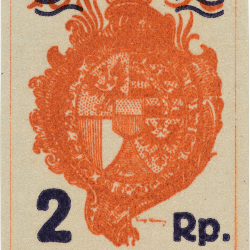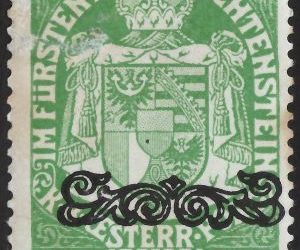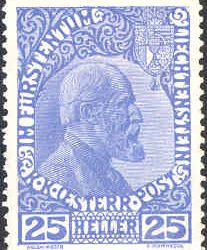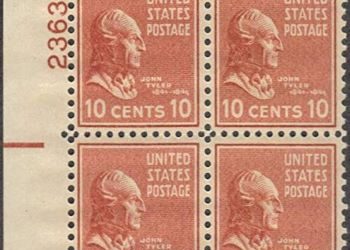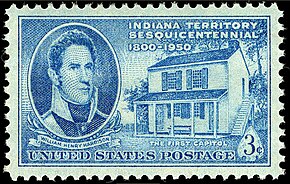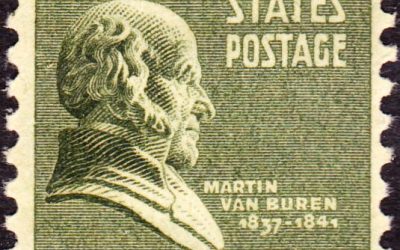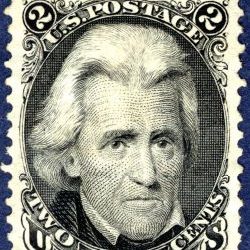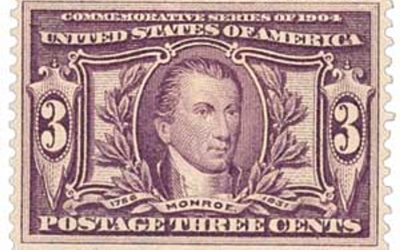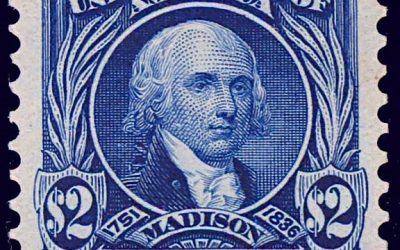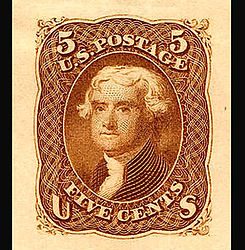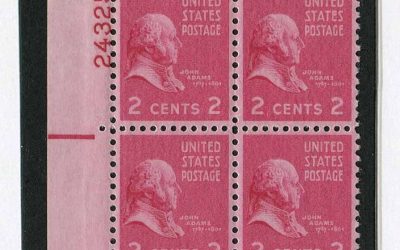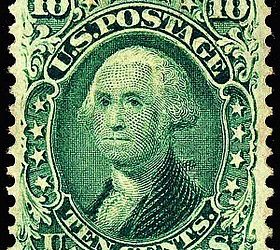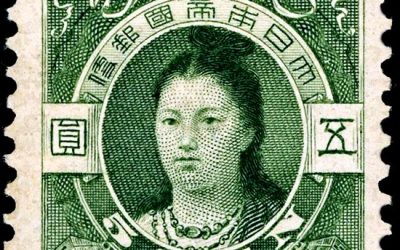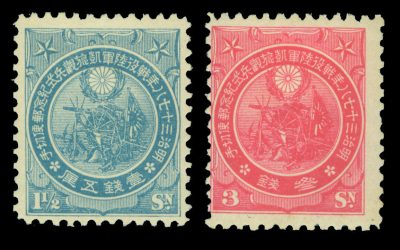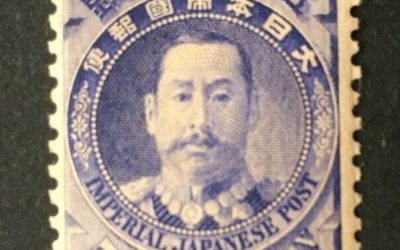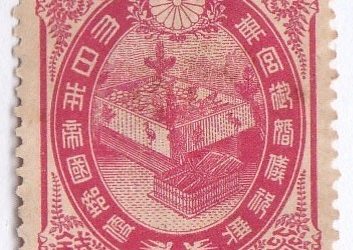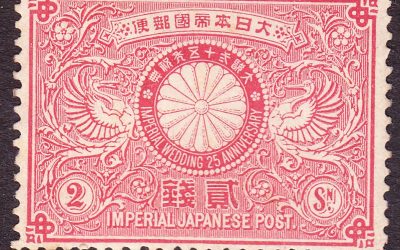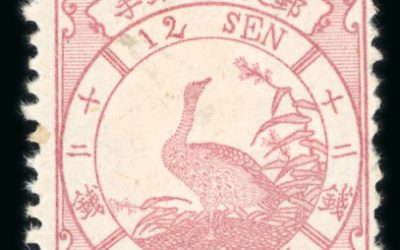Stamp of the day
CLASSIC STAMPS: Hungary
In 1871 the first newspaper stamp was issued depicting a posthorn with the mouthpiece to the right. No denomination was shown but the face value was one Kreuzer. This type of stamp was also issued perforated in denominations of 2-25 Kreuzer. Todays stamp is a...
CLASSIC STAMPS: Hungary
The postal history of Hungary traces back to the 16th century when the first organized postal services were established under the Habsburg Monarchy. Initially, these services were primarily utilized by royalty and nobility for official correspondence. However, with...
CLASSIC STAMPS: Andorra
In 1942 a series of 12 stamps depicting landscapes, churches and coat of arms from Andorra were issued (French Post). Todays 4,50 franc stamp shows the church of Meritxell. CV is one euro for a mint copy.
CLASSIC STAMPS: Andorra
CLASSIC STAMPS: Andorra In 1935 a series of 16 stamps (Spanish Post) depicting buildings and the general assembly of Andorra were issued. Todays 50 centimos stamp shows Saint Julia de Loria. CV is 10 euros for a mint copy.
CLASSIC STAMPS: Andorra
In 1932 the first airmail stamps (Spanish Post) from Andorra were issued. Todays stamp has a face value of 2,50 Peseta.
CLASSIC STAMPS: Andorra
Todays one centimes stamp (French Post) depicting the church in Meritxell was issued in 1932. CV is one euro.
ACLASSIC STAMPS: Andorra
In 1931 the first stamps from French Post in Andorra were issued. Todays 3 Franc stamp is a French stamp over printed “ANDORRE”. CV is 250 euros for a mint copy.
CLASSIC STAMPS: Andorra
In 1929 a series of 12 stamps from Andorra (Spanish Post) were issued. Todays stamp is the 10 Peseta stamp with a CV of 75-500 euros depending on type of perforation.
CLASSIC STAMPS: Andorra
The postal history of Andorra dates back to the late 19th century when French and Spanish postal administrations managed mail delivery. However, it wasn't until 1928 that Andorra issued its first stamps, marking a significant milestone in its philatelic journey.The...
LASSIC STAMPS: Liechtenstein
In 1934, Liechtenstein's first mini-sheet was published. It happened on the occasion of the national stamp exhibition in the capital Vaduz. Today's stamp shows a mint copy of the mini sheet. CV is 2800 euros.
CLASSIC STAMPS: Liechtenstein
In 1929 Prince Johann II died and Prince Franz I took over the throne. On that occasion, a series of stamps with portraits of the new regent was issued. Today's 10 rappen stamp show a youth portrait of prince Franz I. CV is 2 euros for at mint copy.
CLASSIC STAMPS: Liechtenstein
In 1921, Switzerland took over the management of Liechtenstein's postal service. Today's stamp showing Liechtenstein's coat of arms is overprinted with with 2 Rp (rappen), the face value in the new currency. CV is 7 euros for a mint copy.
CLASSIC STAMPS: Liechtenstein
In 1919, following the dissolution of Austria-Hungary the Liechtenstein government could no longer rely on Austria to fulfil their monetary and diplomatic needs. Liechtenstein and Switzerland signed a treaty under which Switzerland assumes the representation of...
CLASSIC STAMPS: Liechtenstein
Liechtenstein, a small European principality nestled between Switzerland and Austria, has a fascinating postal history that dates back to the 18th century. The territory initially relied on postal services provided by its neighboring countries. The first stamps of...
AMERICAN Presidents
John Tyler (1790-1862) was an American politician. From 1841 to 1845 he was the 10th President of the United States. Tyler was trained as a lawyer and as a Democrat held a seat in the House of Representatives in 1817-1821. He was governor of Virginia in 1825-1827 and...
AMERICAN Presidents
William Henry Harrison (1773-1841) was an American politician and in 1841 he was the ninth President of the United States. After a military career, William Henry Harrison was a member of the House of Representatives from 1816 to 1819 and of the Senate from 1825 to...
AMERICAN Presidents
Martin Van Buren (1782-1862) was an American politician. He was the eighth president of the United States from 1837 to 1841. Van Buren was from 1803 a lawyer, from 1821 to 1828 a senator and in 1829 became governor of the state of New York, where he contributed to the...
AMERICAN Presidents
Andrew Jackson (1767-1845) was an American politician and officer. From 1829 to 1837, he was the seventh president of the United States. Andrew Jackson was a lawyer in Nashville and in 1796-1797 Tennessee's first member of the House of Representatives. Then in...
AMERICAN Presidents
John Quincy Adams (1767-1848) was an American politician and diplomat. He was the sixth President of the United States from 1825 to 1829 and the son of President John Adams. John Quincy Adams entered the Senate in 1803 as a Federalist, but later supported the...
AMERICAN Presidents
James Monroe was an American politician and from 1817 to 1825 the fifth president of the United States. Monroe's political career began in Virginia, which he represented in the Continental Congress in 1783-1786. From 1790 to 1794 he sat in the Senate, and from 1794 to...
AMERICAN Presidents
James Madison (1751-1836) was an American politician and from 1809 to 1817 the fourth president of the United States. Madison was born in Virginia and graduated from the College of New Jersey (now Princeton University) in 1771. He quickly became involved in politics...
AMERICAN Presidents
Thomas Jefferson (1743-1826) was an American politician, the third president of the United States 1801-1809. Thomas Jefferson was born into a prominent family in Virginia. After studying law in Williamsburg, then the capital of Virginia, he was for a number of years a...
AMERICAN Presidents
John Adams (1735-1826) was an American politician and diplomat. He was the 2nd President of the United States from 1797 to 1801. John Adams was an early advocate of self-government for the American colonies and co-author of the Declaration of Independence. Todays...
AMERICAN Presidents
AMERICAN Presidents George Washington (1732-1799) was an American plantation owner, general and the first president of the United States from 1789 to 1797. Washington worked as a surveyor in Virginia and in 1753 became the leader of a military expedition to secure...
CLASSIC STAMPS: Japan
CLASSIC STAMPS: Japan In 1908 Japan issued two stamps to celebrate the legendary Empress Jingo. She was a legendary Japanese empress who ruled as a regent following her husband's death in 200 AD. Todays stamp is the 5 yen issue with a CV og 1.200 euros for a mint copy.
CLASSIC STAMPS: Japan
In 1906 Japan issued two stamps after the military triumph of the Russo-Japanese war. The two stamps with face values of 1½ & 3 sen have a CV of 185 euros for mint copies.
CLASSIC STAMPS: Japan
In 1896 Japan issued four stamps to celebrate the victory in the Japan-Chinese war. The stamps showed a portrait of Emperor Meiji. Todays stamp is the 5 sen issue with a CV of 40 euros for a mint copy.
CLASSIC STAMPS: Japan In 1900 Japan issued a stamp celebrating the Wedding of Crown Prince Yoshihito & Princess Sadako. Todays stamp with a face value of 3 sen, was issued in four different perforation-types with a CV between one and 60 euros for a mint copy.
In 1900 Japan issued a stamp celebrating the Wedding of Crown Prince Yoshihito & Princess Sadako. Todays stamp with a face value of 3 sen, was issued in four different perforation-types with a CV between one and 60 euros for a mint copy.
CLASSIC STAMPS: Japan
In 1894 two stamps were issued to celebrate the 25th Wedding Anniversary of Emperor Meiji & Empress Haru. Mutsuhito (1852 –1912), posthumously honored as Emperor Meiji was the 122nd emperor of Japan, according to the traditional order of succession. Reigning from...
CLASSIC STAMPS: Japan
In 1875 Japan issued three stamps depicting birds. Todays stamp is the very beautiful 12 sen issue showing a goose in its nest. CV is 400 euros for a mint copy.


